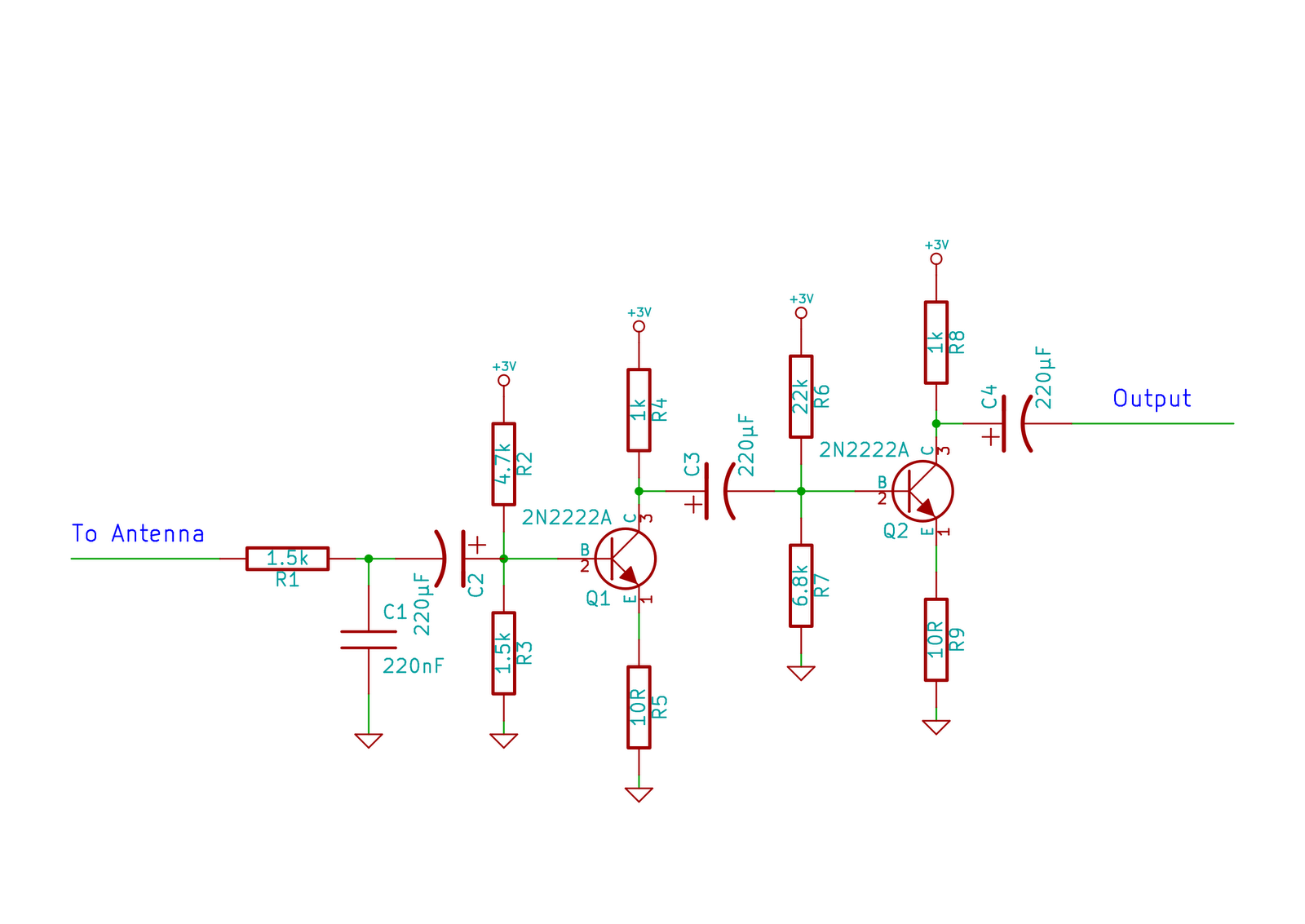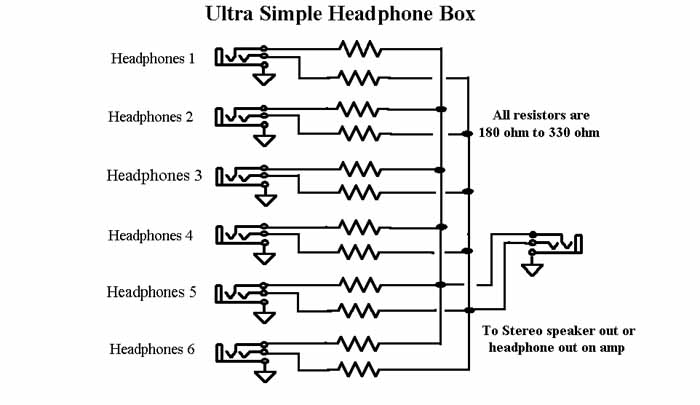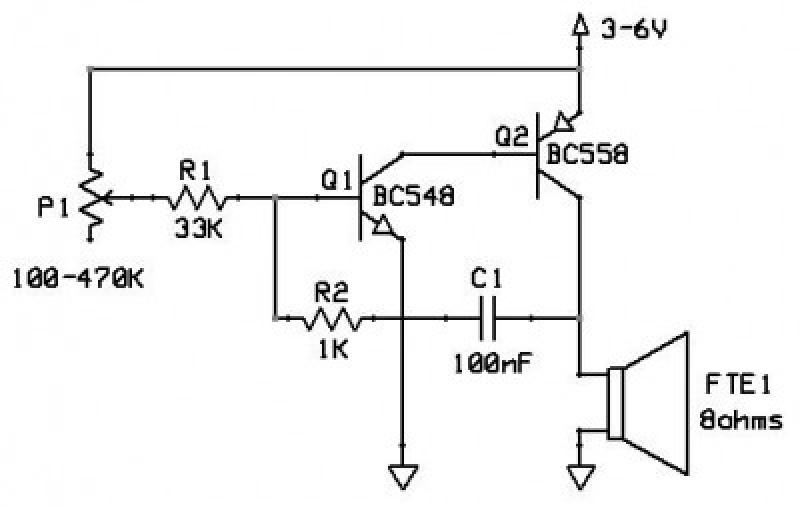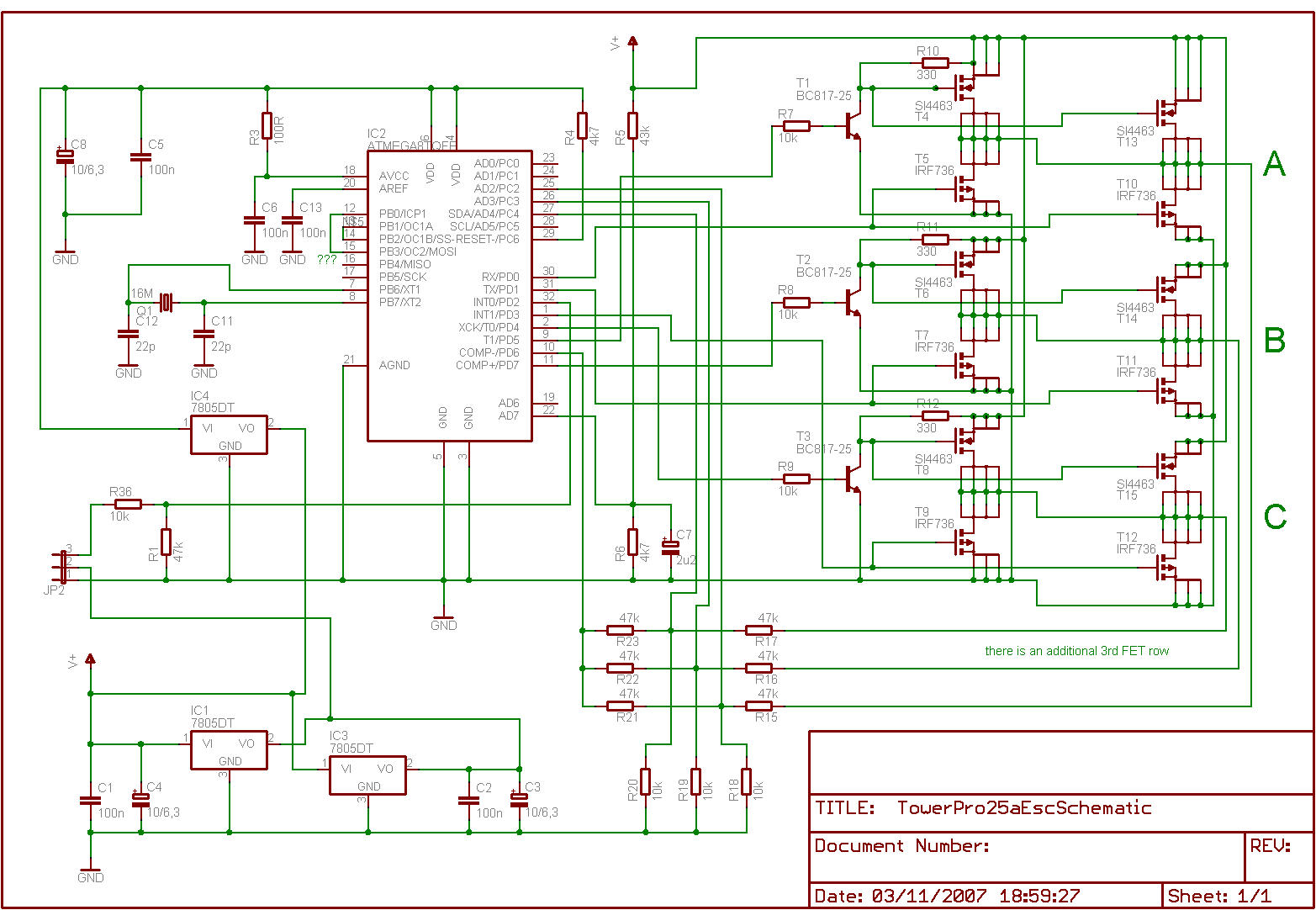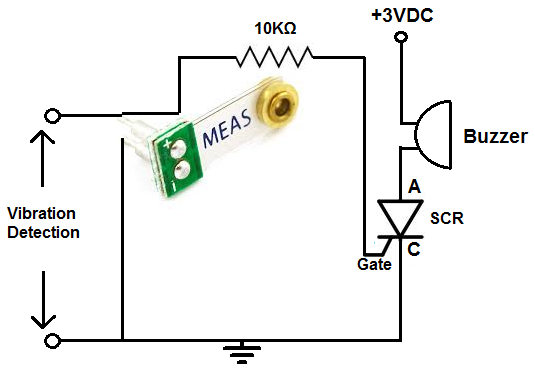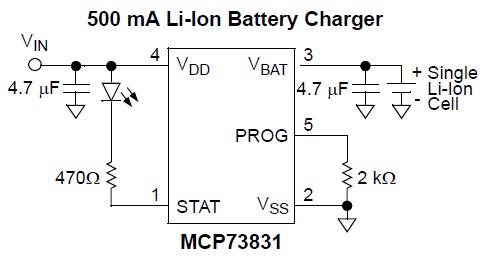
Microcomputer-To-Triac Interface Circuit
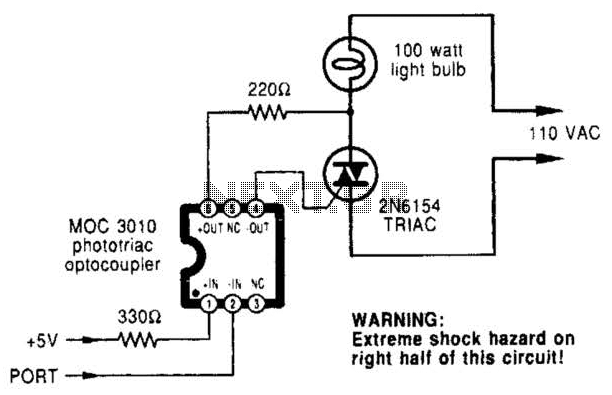
A microcomputer-to-triac interface utilizes a phototriac optoisolator to safely isolate logic signals, allowing direct control of high-power loads. This circuit can function as either an on/off switch or a proportional phase control, depending on the input waveforms and the load. A low input activates the lamp.
The microcomputer-to-triac interface is an essential component in applications requiring the control of high-power devices while maintaining electrical isolation from the low-power control circuitry. The use of a phototriac optoisolator ensures that the microcomputer remains protected from high voltages and transients associated with the load.
In this configuration, the phototriac optoisolator acts as an intermediary between the microcomputer and the triac. The microcomputer outputs a control signal, which is fed into the optoisolator. When the control signal is applied, the optoisolator activates the triac, allowing current to flow to the load, such as a lamp. The design is particularly advantageous for controlling AC loads, where the phase control method can be employed to adjust the brightness of the lamp by varying the conduction angle.
The circuit can be designed to accommodate various input waveforms, enabling it to operate in different modes. In the on/off switch mode, the microcomputer sends a digital signal that either turns the load fully on or off. In the proportional phase control mode, the microcomputer modulates the timing of the control signal, allowing for finer control of the power delivered to the load, which is particularly useful in applications such as dimming lights or controlling motor speeds.
The implementation of a low input signal to power the lamp indicates that the circuit is designed to be energy-efficient, as it requires minimal power to activate the optoisolator and, consequently, the triac. This feature enhances the overall efficiency of the system, making it suitable for applications where energy consumption is a critical factor.
Overall, this microcomputer-to-triac interface presents a robust solution for controlling high-power loads with safety and precision, making it applicable in various industrial and consumer electronics applications. A microcomputer-to-triac interface uses a phototriac optoisolator to Jet safety-isolated logic signals directly control high-power loads. Depending on the input waveforms and the load, this circuit can be used in either an on/off switch or a proportional phase control.
A low input powers the lamp.
The microcomputer-to-triac interface is an essential component in applications requiring the control of high-power devices while maintaining electrical isolation from the low-power control circuitry. The use of a phototriac optoisolator ensures that the microcomputer remains protected from high voltages and transients associated with the load.
In this configuration, the phototriac optoisolator acts as an intermediary between the microcomputer and the triac. The microcomputer outputs a control signal, which is fed into the optoisolator. When the control signal is applied, the optoisolator activates the triac, allowing current to flow to the load, such as a lamp. The design is particularly advantageous for controlling AC loads, where the phase control method can be employed to adjust the brightness of the lamp by varying the conduction angle.
The circuit can be designed to accommodate various input waveforms, enabling it to operate in different modes. In the on/off switch mode, the microcomputer sends a digital signal that either turns the load fully on or off. In the proportional phase control mode, the microcomputer modulates the timing of the control signal, allowing for finer control of the power delivered to the load, which is particularly useful in applications such as dimming lights or controlling motor speeds.
The implementation of a low input signal to power the lamp indicates that the circuit is designed to be energy-efficient, as it requires minimal power to activate the optoisolator and, consequently, the triac. This feature enhances the overall efficiency of the system, making it suitable for applications where energy consumption is a critical factor.
Overall, this microcomputer-to-triac interface presents a robust solution for controlling high-power loads with safety and precision, making it applicable in various industrial and consumer electronics applications. A microcomputer-to-triac interface uses a phototriac optoisolator to Jet safety-isolated logic signals directly control high-power loads. Depending on the input waveforms and the load, this circuit can be used in either an on/off switch or a proportional phase control.
A low input powers the lamp.
